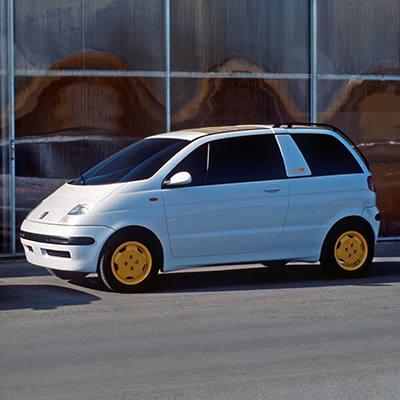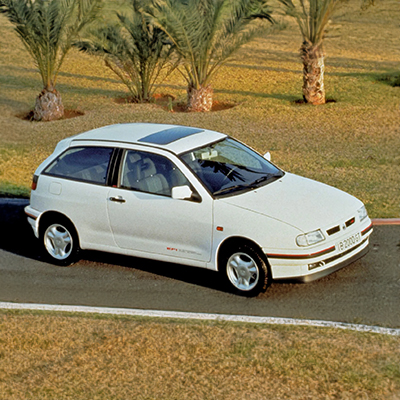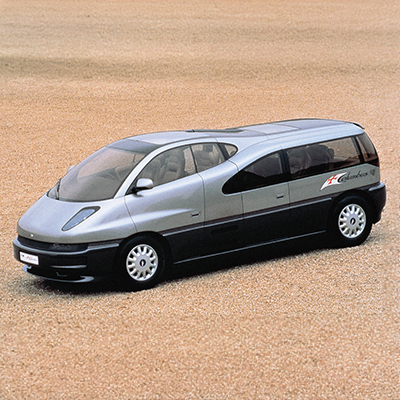- Brand: Fiat
- Subtitle: Static model developed for the 1992 Turin Motor Show
- Intro: The fruit of research carried out by Giugiaro as part of Fiat's initiative to pay homage to the 500 myth.
- Technical specifications:
BRAND: Fiat
MODEL: Fiat “ID Cinquecento”
YEAR: 1993
BODY TYPE: Citycar
POWER SUPPLY: Combustion
CATEGORY: Concept car
DESIGNER: Giorgetto Giugiaro, Fabrizio Giugiaro
- Designer: Giorgetto Giugiaro, Fabrizio Giugiaro
- Time period: 1991/2002
- Production: Concept Car
- Type: Citycar
- Power supply: Hybrid
FIAT invited ANFIA associates to build their own interpretations of the Cinquecento concept on a single standard exemplar. Giugiaro restyled the standard car without altering the mechanicals, dimensions and cockpit layout and developed a single-box coupé that converted into an open car. The design was at once highly innovative and extremely practical, ready as it was for mass production at relatively low investment costs.





